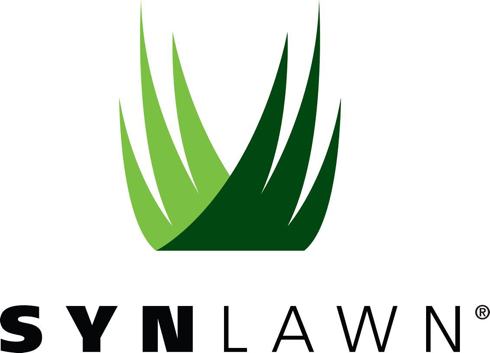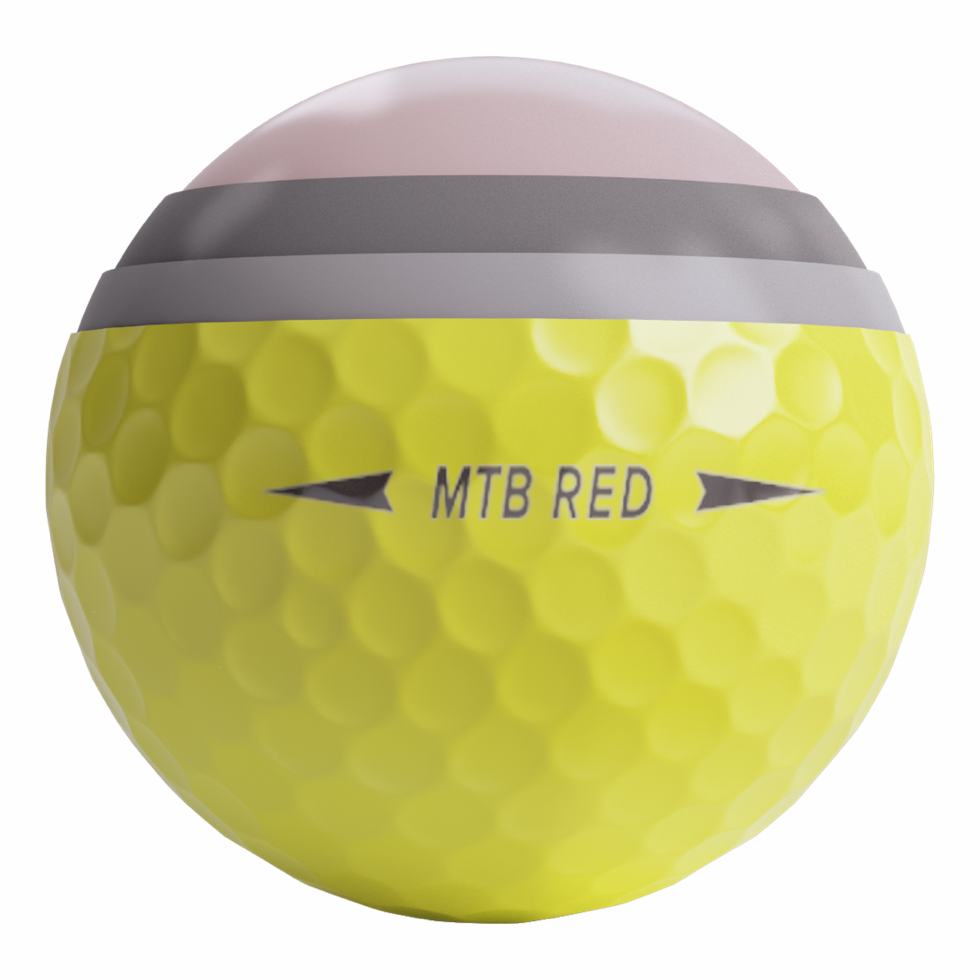 Many years ago, when this site was in its infancy, I wrote an article about how you could build your own 8′ x 8′ putting green relatively inexpensively. That putting green served me well for the few months before I bought my house. It was not worth moving, so I left it (with permission) for the next owner(s). For years afterward, I went without a home putting green (the carpet in my living room stimps at about 8, so it could be used in a pinch).
Many years ago, when this site was in its infancy, I wrote an article about how you could build your own 8′ x 8′ putting green relatively inexpensively. That putting green served me well for the few months before I bought my house. It was not worth moving, so I left it (with permission) for the next owner(s). For years afterward, I went without a home putting green (the carpet in my living room stimps at about 8, so it could be used in a pinch).
Then, in late 2011, we opened Golf Evolution in downtown Erie, PA. GE included a 2000 square foot putting green, and after exhaustive research, we partnered with a company called SynLawn for the putting surface.
Last winter, we finished our basement. With a competitive junior golfer in the house, I again felt the urge to build a putting green that she (and I) could use to work on our games when we couldn’t (or didn’t want to) drive the eight miles to Golf Evolution. So, I built a frame out of some 80/20 aluminum slot rails and flattened and glued down some of the remaining Wittek turf I had from years ago. It had been safely kept in good conditions, rolled up lengthwise, in the meantime.
The Wittek putting surface was never great. Despite flattening the carpet for weeks, random bumps would pop up. The surface was eventually glued, but bumps still appeared, and then migrated. Balls could roll over the same area and go left or right seemingly on the whims of fate, and often dramatically. The surface was hard and crunchy and even a little bit “prickly” beneath your feet (it’s our house, so we’d often putt in socks or barefoot). It was an “okay” surface – better than nothing and slightly better than our living room carpet – but it wasn’t what we wanted.
So, I ripped it off, sanded down the glue spots (probably unnecessarily), and installed some SynLawn turf. The instant we put it down, we knew we’d made the right choice.


 Welcome once again to this week’s Hittin’ the Links!
Welcome once again to this week’s Hittin’ the Links! 
